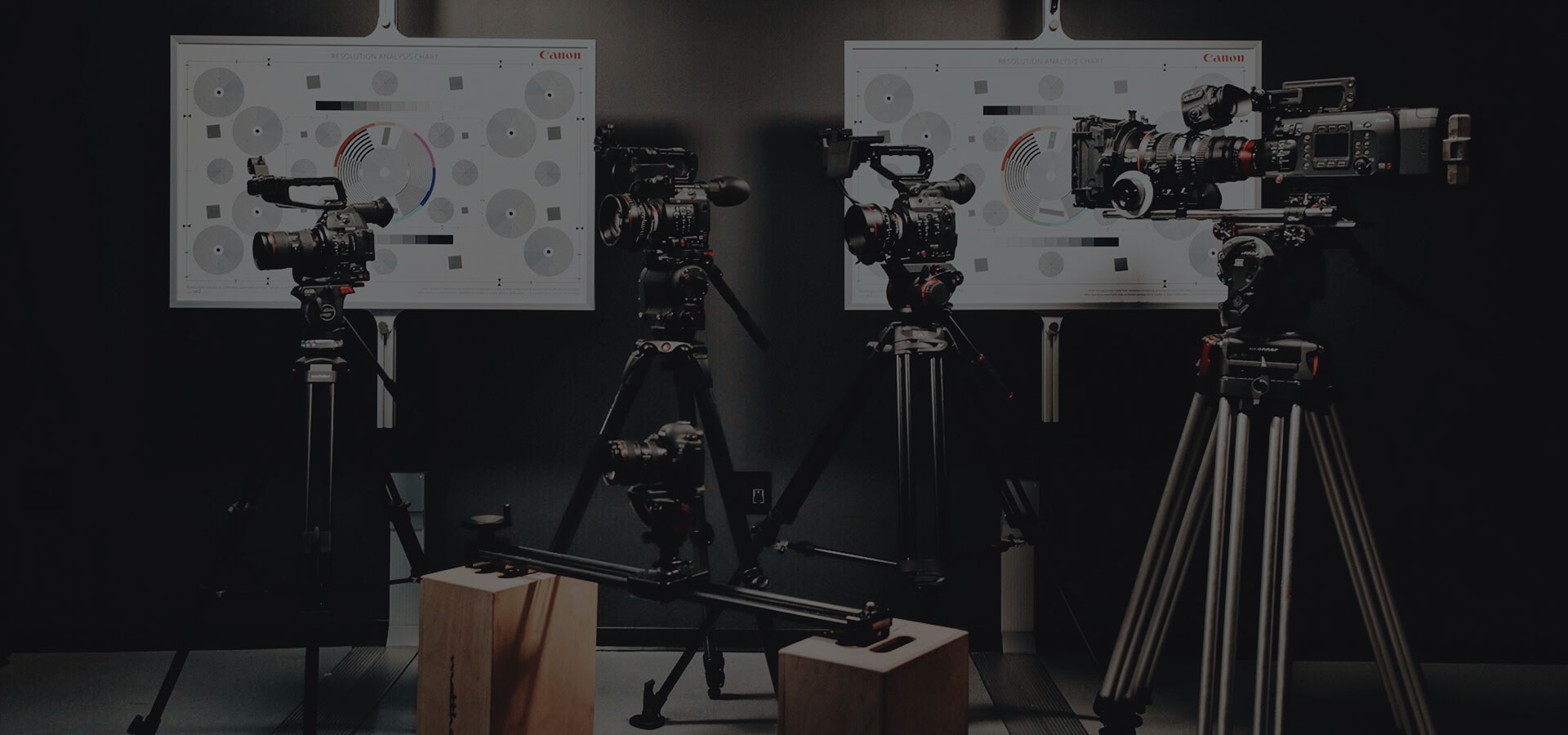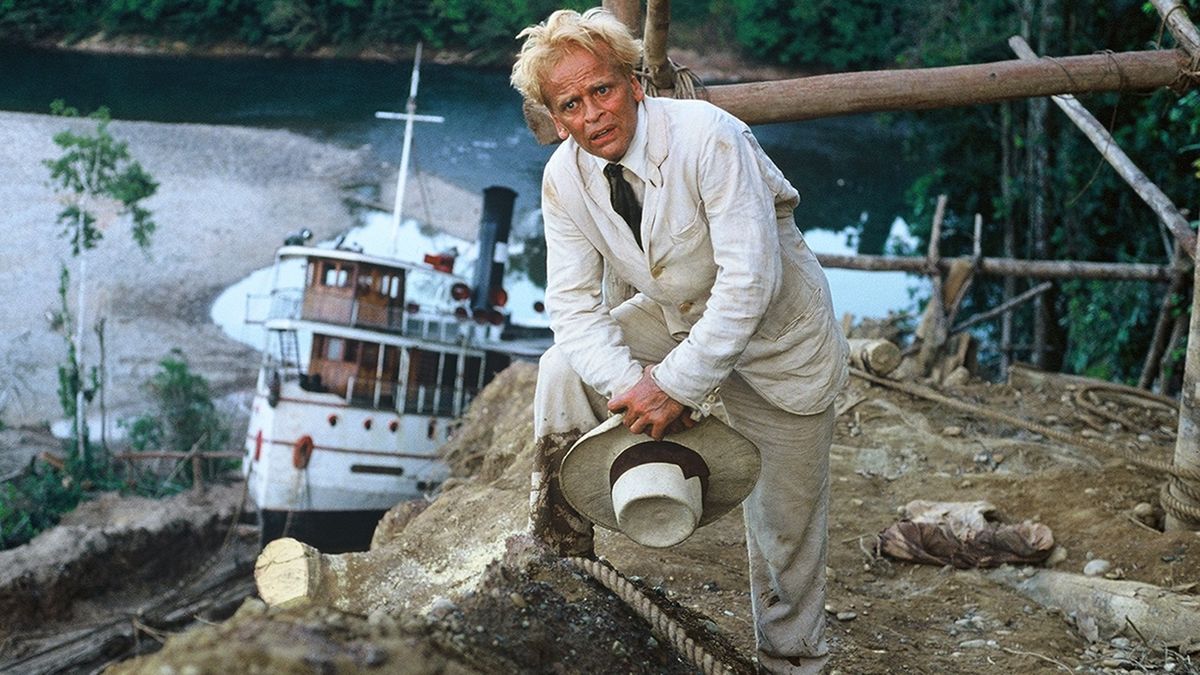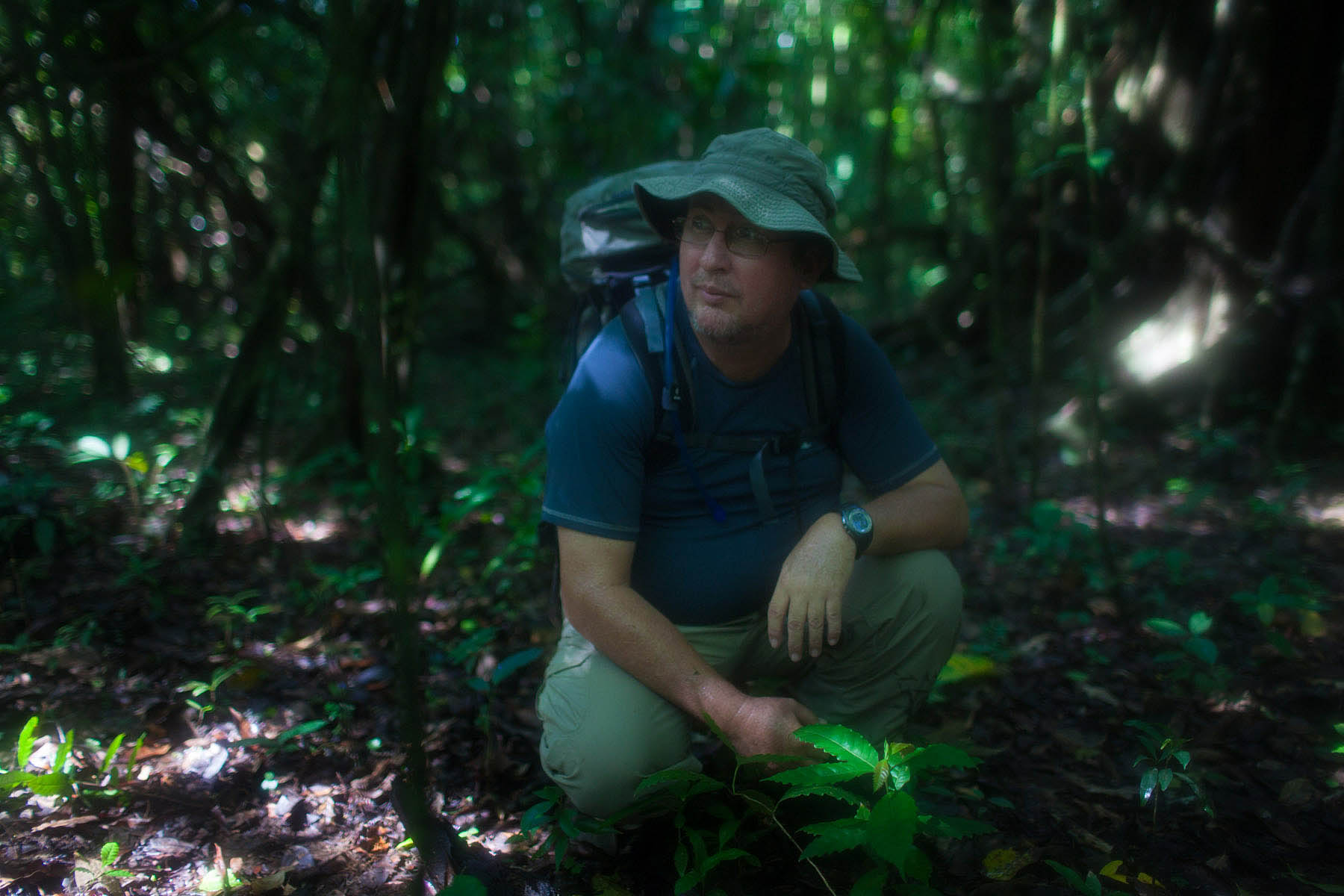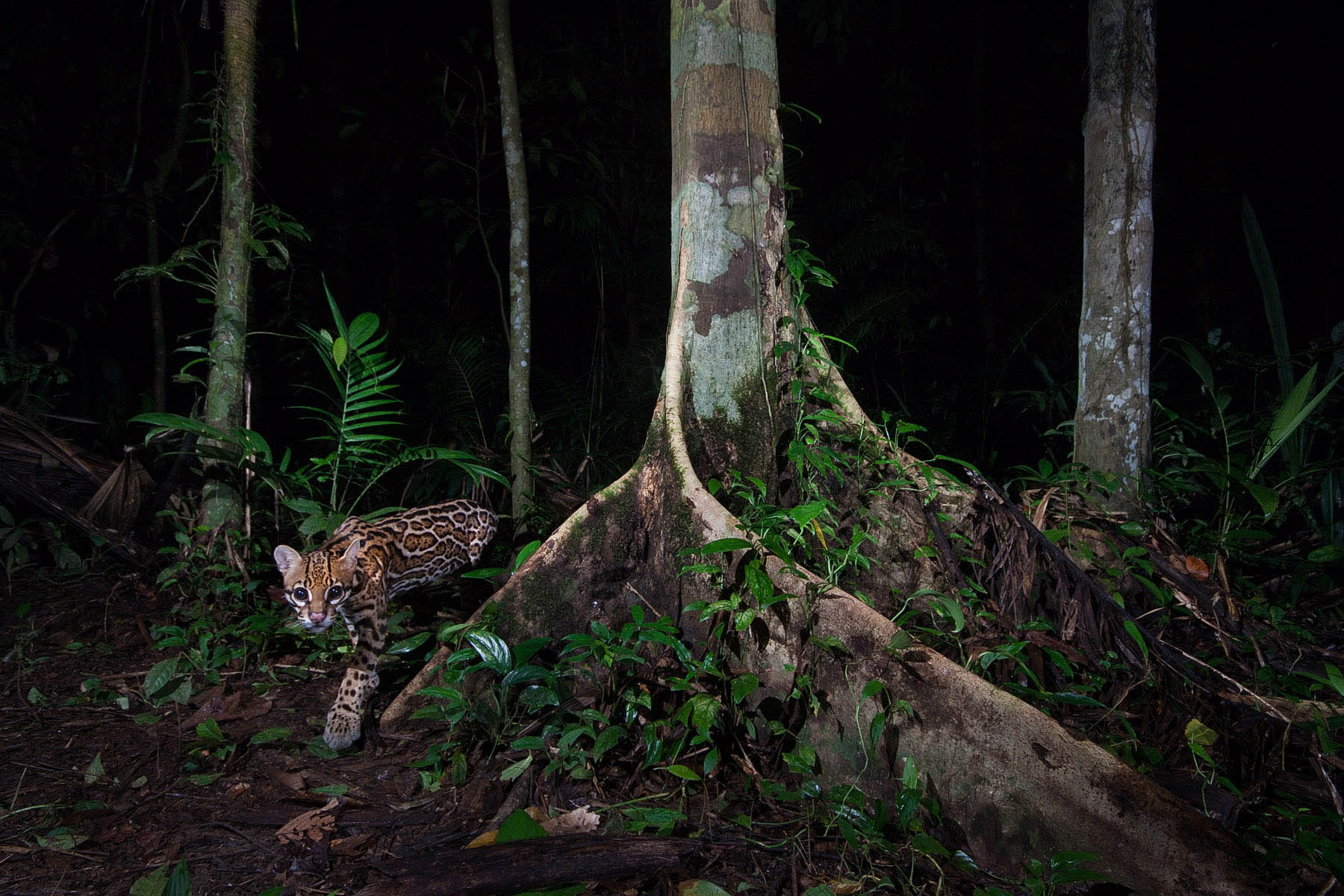
FAQ
I get that question very often, sometimes from film students, filmmakers or photographers, but also sometime directly from parents, a bit preoccupied about their children’s future. First of all, I would say that « it is a beautiful way to spend one life! ». It may just sound fun, but it is more than this. I do also think that it is indeed a work/job full of meanings and useful to the society we live in. More pragmatically, the best advise I could give to pursue into this direction is to cultivate your originality, be excited about the world (and people) around you, and refuse to see things as you are told to. This may sound very general, but your vision is what is going to make you noticed. Another thing is to focus on one project particularly, and do everything you physically can to achieve your vision. I feel that we are living in a world of fake boundaries. If you do not know how to do something, learn it, master it, and use it.
2. What did you study?
As long as I can remember I have always been fascinated by images and stories. As a kid the very first thing that I bought when I had saved enough money was a video camera to start making my own short films (you do not want to see this). However, the subject that I studied in college was computer science, this made me moved to United States where I had the opportunity to also study filmmaking at the University in Philadelphia. I moved then in the very wild state of California where I had my first photo story assignment. Coming from the old Europe where true wilderness were very difficult to find, I was shocked to discover the huge wild areas of Northern California, and this had a huge impact on me. After a couple of years, I went back to France to create my own film production company, White Fox Pictures.
3. Who are some of your favourite filmmakers and photographers?
So many. I am very impressed by the courage of Werner Herzog and his very unique still of filmmaking, the way he engages himself in his films, as a whole, the man becomes almost his films. On photography, I love the work by William Albert Allard, the way he composes his images and how he makes something extraordinary out of almost anything. To me this is really what photography is about, seeing through things, saying something with the images. Of course, in terms of nature photography, Nat Geo photographers like Nick Nichols and Steve Winter are people for which I have high respect, not only for the nature photography work, but how they are also able to add storytelling, with as much creativity and effort when shooting human portrait as they are when shooting wildlife. This last point is something important to me, and often misunderstood by people or photographers. Wildlife Photojournalism is not only about hiding forever in a hide and make great wildlife shots in a beautiful morning mist, but also and mainly to think about how you are going to visually tell that story, what are the diversity of shots you will need, whether it implies people, landscapes, actions and…beautiful misty wildlife shots.


4. You have been doing a lot of work with remote camera trap, why?
Very early on, I decided to focus my photographic work on predators, because they question our society, our relationship with nature and the space left for true wilderness. Everybody agrees to have a deer in its backyard (or almost everyone…), but a tiger, a bear or a puma is a different story. The second thing is that I wanted to reveal the never seen before, images that I had in mind when I closed my eyes at night and imagined a tiger walking in the forest, unbothered, in its magnificent environment. To make those images real, camera trap was, and still is, the only possible way. It allows me to compose the image of my dream, just like in a photo studio. I know exactly how the image is going to be, the only thing I don’t know is IF the animal is actually going to come and when. Of course, as I always explained, camera trap is just one side of the work. When I do a photo story involving camera traps, it is nice to know that several cameras in the forest will be working for me while I do the rest of the story, involving communities, landscape, and other part of the ecosystem I am in.
If you want to know more about camera trap, consider getting my ebook on the subject.
5. What sort of equipment are you using?
What I mainly used nowadays are RED and CANON Cameras, DJI Gimbals and Drone, CANON/SIGMA lenses, and COGNISYS camera traps. On the software side, I am an APPLE Final Cut Pro X user and Adobe for all the rest. Just remember one thing, the very best film or image, you will do it with you feelings and passion, not with your equipment.
6. Why are you interested in Nature?
Both because I love so much the smell of the forest after a storm, or walking on a mountain knowing that a wolf might be looking at me, but also because this is the biggest challenge of our time. Our generation has the responsibility to do everything it can to reconcile people with the Natural World. We are not a very rational species, we take most of our decision throughout the day based on our feelings and not on facts, and this is why I think that images and good stories can have a huge impact on people everyday’s decisions, and so I am using the little skills I have to push society towards more sustainable tomorrows. This is also why almost ALL of my projects have a human component, it is quite rarely 100% Natural History, whether it is conservation, science or discoveries. I like to show that our species is also worth of interest and I try to avoid unproductive ‘human bashing’ as much as I can.
7. How is your typical day/year like?
Unlike some people imagine, I actually spend a great amount of time within the year in an office, writing my films, envisioning what it is going to be like, and discussing with partners, broadcasters, publishers and clients before doing anything in the field. When I start the shoot, I usually know quite well what I am looking for, what is the sequence about and the mood I want to have in it, etc… Now it does not mean that I am not open to unplanned ideas, I actually do that a lot, since no matter how hard you prepare a project, you will always find the reality a bit different from your initial vision, but still, I usually keep it close to the intent I had initially writing the film or story.
On a shoot, I am totally focused on the work, and I give myself 200% to get the job done, meaning this is really exhausting. I feel it is important to give it all because I know that once in post-prod back at the office, if I do not have the image, I simply would not have the story.
Post-production, and editing, is something I particularly love. It is like cooking. I have all my ingredients that I spent so much time and effort collecting (whether it is a collective team-work, or a personal one, does not really matter), and I can start making recipes, testing directions, and see how it is all coming together.
8. How did you get your first assignment?
When I decided I wanted to do this work for a living, I had absolutely no idea what I was doing. I basically knew no one and almost nothing about the « business » side of things. I had worked 2 years in California to save enough money to buy the equipment I needed to do the subject I was interested in, and that’s it. I quit my job and dived into it, with a bit of utopia I confess, but in the same time, knowing that it won’t happen overnight. I was believing a bit in myself but I also knew I still has SO much to learn. After a couple of projects completed, including Jaguars in Costa Rica, a project incredibly complex to make real, I got noticed by an artistic director of a magazine due to awards I had won in festival and contests, and this is how I got my first assignment.


9. On your photo work, how much processing do you do?
An image needs to show what happened at that particular moment in time, this is the very fundamental of what photography is, no? Therefore, I do very little in term of post-processing. I am shooting RAW image from digital cameras, and so I usually correct exposure, eventually white balance and I remove spots, and that’s it. If an image isn’t good right from the beginning, then I won’t try to do anything to it for hours in Photoshop.

